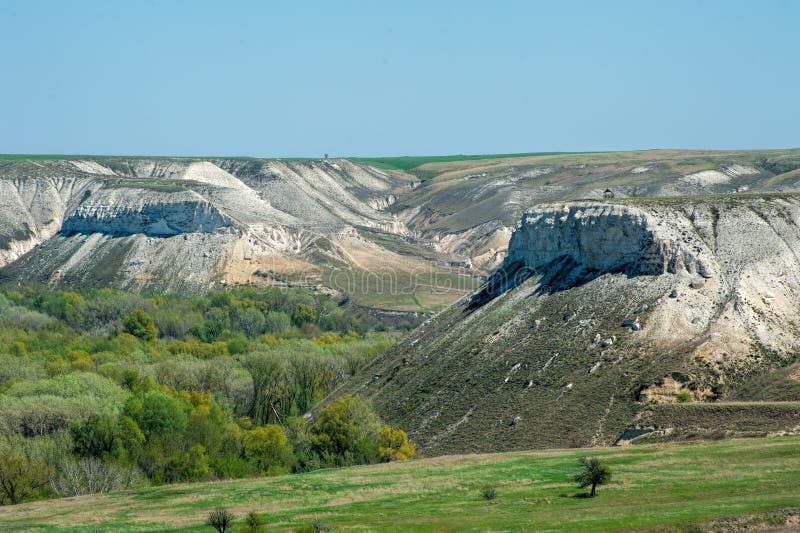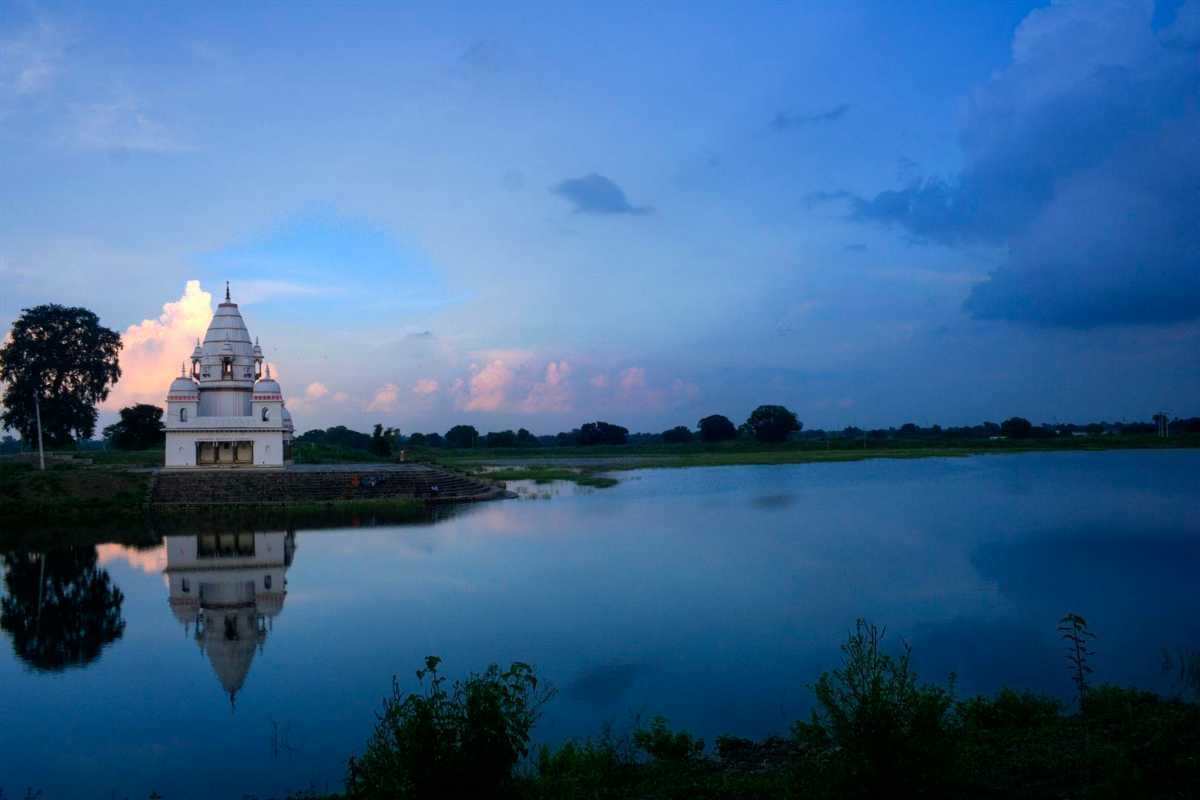Deposites

- Ore minerals
- Formation of mineral deposits
- Magmatic concentration
- Hydrothermal solution
- Groundwater
- Seawater or lake water
- Rainwater
- Flowing surface water
Deposits of checks that have already been returned unpaid Notification to Wells Fargo by the check maker's financial institution that the check will be returned. For questions or information about a hold placed on a check or deposit, please contact a customer service supervisor at 1-800- TO - WELLS ( 1-800-869-3557 ), 24 hours a day, 7 days a week. Foreign currency deposits account for 21.73% of total bank deposits end-May Muscat: The Private deposits at commercial banks in the Sultanate at the end of March 2019 increased by 1.9 per cent to OMR12.71 billion compared to OMR12.47 billion million in the corresponding period last year, according to a monthly statistical bulletin published.
Our editors will review what you’ve submitted and determine whether to revise the article.
Join Britannica's Publishing Partner Program and our community of experts to gain a global audience for your work! Brian J. SkinnerMineral deposit, aggregate of a mineral in an unusually high concentration.
About half of the known chemical elements possess some metallic properties. The term metal, however, is reserved for those chemical elements that possess two or more of the characteristic physical properties of metals (opacity, ductility, malleability, fusibility) and are also good conductors of heat and electricity. Approximately 40 metals are made available through the mining and smelting of the minerals in which they occur.
Direct Deposit
Certain kinds of mineral can be smelted more readily than others; these are commonly referred to as ore minerals. Ore minerals tend to be concentrated in small, localized rock masses that form as a result of special geologic processes, and such local concentrations are called mineral deposits. Mineral deposits are what prospectors seek. The terms ore mineral and mineral deposit were originally applied only to minerals and deposits from which metals are recovered, but present usage includes a few nonmetallic minerals, such as barite and fluorite, that are found in the same kinds of deposit as metallic minerals.
No deposit consists entirely of a single ore mineral. There are always admixtures of valueless minerals, collectively called gangue. The more concentrated an ore mineral, the more valuable the mineral deposit. For every mineral deposit there is a set of conditions, such as the level of concentration and the size of the deposit, that must be reached if the deposit is to be worked at a profit. A mineral deposit that is sufficiently rich to be worked at a profit is called an ore deposit, and in an ore deposit the assemblage of ore minerals plus gangue is called the ore.
All ore deposits are mineral deposits, but the reverse is not true. Ore deposit is an economic term, while mineral deposit is a geologic term. Whether a given mineral deposit is also an ore deposit depends on many factors other than the level of concentration and the size of the deposit; all factors that affect the mining, processing, and transporting of the ore must be considered as well. Among such factors are the shape of a deposit, its depth below the surface, its geographic remoteness, access to transportation, the political stability of the region, and market factors such as the price of the metal in world trade and the costs of borrowing the money needed to develop a mine. Because market factors change continually, a given mineral deposit may sometimes be an ore deposit, but at other times it may be uneconomic and hence not an ore deposit.
Mineral deposits have been found both in rocks that lie beneath the oceans and in rocks that form the continents, although the only deposits that actually have been mined are in the continental rocks. (The mining of ocean deposits lies in the future.) The continental crust averages 35–40 kilometres (20–25 miles) in thickness, and below the crust lies the mantle. Mineral deposits may occur in the mantle, but with present technology it is not possible to discover them.
Geochemically abundant and scarce metals
Metals used in industrial and technological applications can be divided into two classes on the basis of their abundance in Earth’s crust. The geochemically abundant metals, of which there are five (aluminum, iron, magnesium, manganese, and titanium), constitute more than 0.1 percent by weight of Earth’s crust, while the geochemically scarce metals, which embrace all other metals (including such familiar ones as copper, lead, zinc, gold, and silver), constitute less than 0.1 percent. In almost every rock, at least tiny amounts of all metals can be detected by sensitive chemical analysis. However, there are important differences in the way the abundant and scarce metals occur in common rocks. Geochemically abundant metals tend to be present as essential constituents in minerals. For example, basalt, a common igneous rock, consists largely of the minerals olivine and pyroxene (both magnesium-iron silicates), feldspar (sodium-calcium-aluminum silicate), and ilmenite (iron-titanium oxide). Careful chemical analysis of a basalt will reveal the presence of most of the geochemically scarce metals too, but no amount of searching will reveal minerals in which one or more of the scarce metals is an essential constituent.
Geochemically scarce metals rarely form minerals in common rocks. Instead, they are carried in the structures of common rock-forming minerals (most of them silicates) through the process of atomic substitution. This process involves the random replacement of an atom in a mineral by a foreign atom of similar ionic radius and valence, without changing the atomic packing of the host mineral. Atoms of copper, zinc, and nickel, for example, can substitute for iron and magnesium atoms in olivine and pyroxene. However, since substitution of foreign atoms produces strains in an atomic packing, there are limits to this process, as determined by temperature, pressure, and various chemical parameters. Indeed, the substitution limits for most scarce metals in common silicate minerals are low—in many cases only a few hundred substituting atoms for every million host atoms—but even these limits are rarely exceeded in common rocks.
One important consequence that derives from the way abundant and scarce metals occur in common rocks is that ore minerals of abundant metals can be found in many common rocks, while ore minerals of scarce metals can be found only where some special, restricted geologic process has formed localized enrichments that exceed the limits of atomic substitution.


Ore minerals
Two factors determine whether a given mineral is suitable to be an ore mineral. The first is the ease with which a mineral can be separated from the gangue and concentrated for smelting. Concentrating processes, which are based on the physical properties of the mineral, include magnetic separation, gravity separation, and flotation. The second factor is smelting—that is, releasing the metal from the other elements to which it is chemically bonded in the mineral. Smelting processes are discussed below, but of primary importance in this consideration of the suitability of an ore mineral is the amount of energy needed to break the chemical bonds and release the metal. In general, less energy is needed to smelt sulfide, oxide, or hydroxide minerals than is required to smelt a silicate mineral. For this reason, few silicate minerals are ore minerals. Because the great bulk of Earth’s crust (about 95 percent) is composed of silicate minerals, sulfide, oxide, and hydroxide ore minerals are at best only minor constituents of Earth’s crust—and in many cases they are very rare constituents.
The preferred ore minerals of both geochemically abundant and geochemically scarce metals are native metals, sulfides, oxides, hydroxides, or carbonates. In a few cases, silicate minerals have to be used as ore minerals because the metals either do not form more desirable minerals or form desirable minerals that rarely occur in large deposits.
- key people
- related topics
Mineral deposits form because some medium serves as a concentrating and transporting agent for the ore minerals, and some process subsequently causes the transporting agent to precipitate, or deposit, the minerals. Examples of concentrating and transporting agents are groundwater, seawater, and magma; examples of precipitating processes are boiling (as in a hot spring), the cooling of a hot solution, the crystallization of a magma, and a chemical reaction between a solution and the rocks through which it flows. The same kinds of concentrating and transporting agent and the same kinds of precipitating process are involved in the formation of deposits of both geochemically abundant and geochemically scarce metals.

There are six principal concentrating and transporting agents. Together with the classes of deposit that they form, these agents are discussed below.
Magmatic concentration
Magma is molten rock, together with any suspended mineral grains and dissolved gases, that forms when temperatures rise and melting occurs in the mantle or crust. When magma rises to Earth’s surface through fissures and volcanic vents, it is called lava. Lava cools and crystallizes quickly, so that igneous rocks formed from lava tend to consist of tiny mineral grains. (Sometimes cooling can be so rapid that mineral grains cannot form and a glass results.) Underground magma, on the other hand, cools and crystallizes slowly, and the resulting igneous rocks tend to contain mineral grains at least one-half centimetre (about one-quarter inch) in diameter.
Deposits That Trigger Irs
Pegmatite deposits
The crystallization of magma is a complex process because magma is a complex substance. Certain magmas, such as those which form granites, contain several percent water dissolved in them. When a granitic magma cools, the first minerals to crystallize tend to be anhydrous (e.g., feldspar), so an increasingly water-rich residue remains. Certain rare chemical elements, such as lithium, beryllium, and niobium, that do not readily enter into atomic substitution in the main granite minerals (feldspar, quartz, and mica) become concentrated in the water-rich residual magma. If the crystallization process occurs at a depth of about five kilometres or greater, the water-rich residual magma may migrate and form small bodies of igneous rock, satellitic to the main granitic mass, that are enriched in rare elements. Such small igneous bodies, called rare-metal pegmatites, are sometimes exceedingly coarse-grained, with individual grains of mica, feldspar, and beryl up to one metre across. Pegmatites have been discovered on all continents, providing an important fraction of the world’s lithium, beryllium, cesium, niobium, and tantalum. Pegmatites also are the major source of sheet mica and important sources of gemstones, particularly tourmalines and the gem forms of beryl (aquamarine and emerald).
Depositesfiles
Carbonatite deposits
Carbonatites are igneous rocks that consist largely of the carbonate minerals calcite and dolomite; they sometimes also contain the rare-earth ore minerals bastnaesite, parisite, and monazite, the niobium ore mineral pyrochlore, and (in the case of the carbonatite deposit at Palabora in South Africa) copper sulfide ore minerals. The origin of carbonatite magma is obscure. Most carbonatites occur close to intrusions of alkaline igneous rocks (those rich in potassium or sodium relative to their silica contents) or to the ultramafic igneous rocks (rocks with silica contents below approximately 50 percent by weight) known as kimberlites and lamproites. These associations suggest a common derivation, but details of the way that carbonatite magmas might concentrate geochemically scarce metals remain conjectural.
Deposits
Carbonatites have been found on all continents; they also range widely in age, from deposits in the East African Rift Valley that were formed during the present geologic age to South African deposits dating from the early Proterozoic Eon (2.5 billion to 543 million years ago). Many carbonatites are mined or contain such large reserves that they will be mined someday. Among the most important are Mountain Pass, California, U.S., a major source of rare earths; the Loolekop Complex, Palabora, South Africa, mined for copper and apatite (calcium phosphate, used as a fertilizer), plus by-products of gold, silver, and other metals; Jacupiranga, Brazil, a major resource of rare earths; Oka, Quebec, Canada, a niobium-rich body; and the Kola Peninsula of Russia, mined for apatite, magnetite, and rare earths.